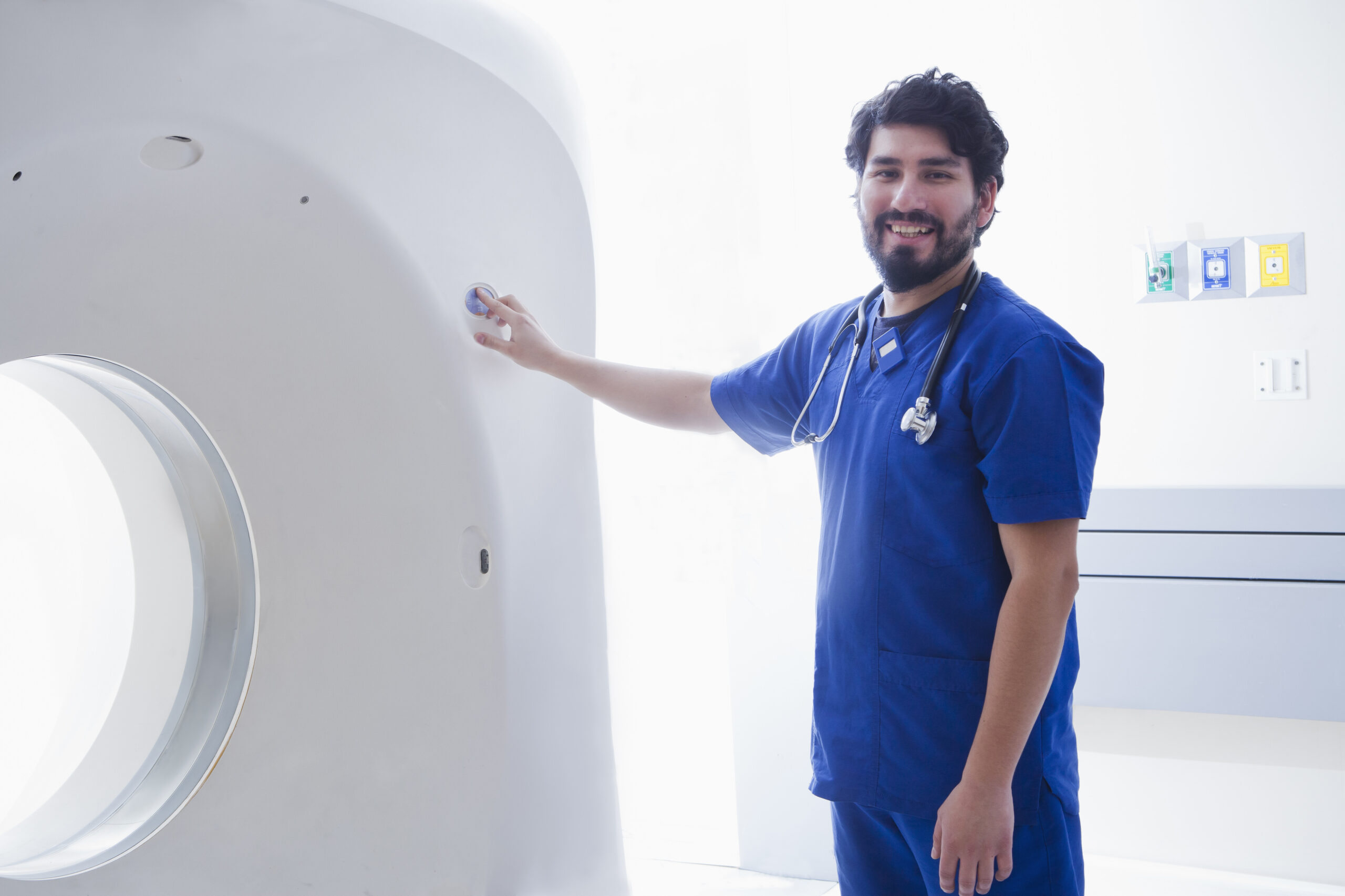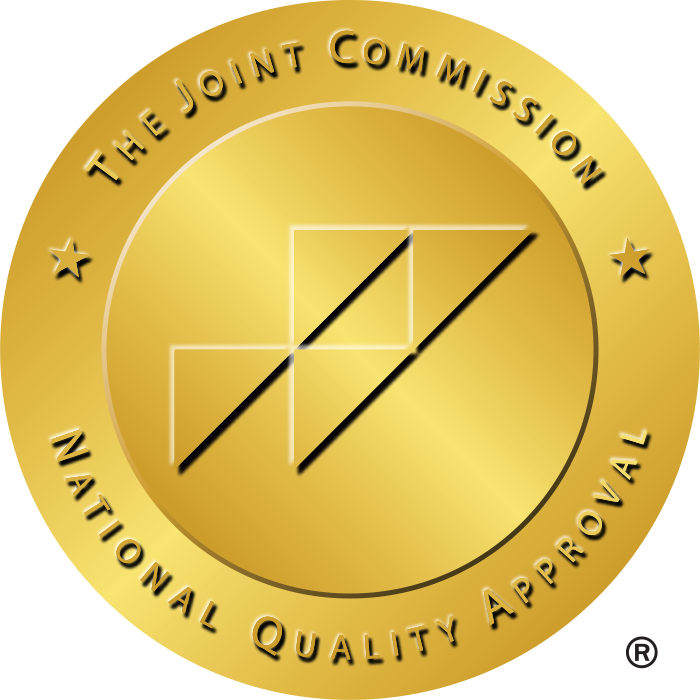Essential Tech Gear for Healthcare Travelers: What to Pack for the Road
Healthcare professionals who travel and commute long distances, including those who travel in x-ray tech jobs, ultrasound tech jobs, physical therapy jobs, hospitalist jobs, and remote physician assistant jobs, always face obstacles and challenges while on the go. A more reliable solution is needed to tackle such issues. Ensuring a smooth and seamless operation between hospitals and clinics while staying connected.
Packing the right tech gear can significantly change your daily workflow and overall well-being. In this blog, we will explore the best essential gear for healthcare travelers to ensure they are well-equipped for their next task.

Understanding the Need for Tech Gear
The life of an average healthcare employee mostly lives out while commuting to work, to the patients’ homes, or running back and forth to the hospitals. One can truly rely on this profession, which is highly respected than any other.
For that, technology takes further control in improving efficiency, accuracy, and communication for healthcare professionals, and applications such as StaffDNA are at the leading position.
Workers often deal with unpredictable schedules and the need for access to real-time patient data. From medical devices to reliable internet connectivity, buying the right essentials can empower healthcare travelers to deliver state-of-the-art care, regardless of where they are.
Stay Connected Anytime, Anywhere: Portable Wi-Fi Hotspots
Having a well-working internet connection is a crucial factor for most healthcare travelers, no matter what domain you work for. Let it be a reviewing for patient records want to send the diagnostic reulsts, connectivity remains uninterrupted.
Hospitals and clinics provide internet access, but due to the heavy workload and various devices and computers connected, it might be unsecured, slow, or inaccessible. This is where the portable Wi-Fi hotspot shines—ensuring that the healthcare professionals stay in touch with the staff and patients.
One of the best-suited options to look forward to is the Simo Solis Lite. This compact and lightweight device provides high-speed internet without needing a local SIM card, making it ideal for professionals who move to different locations frequently.
Charging Stations To Keep You Powered Up
Emergency medicine jobs are no less stressful, and managing multiple electronic devices is a daily drill. So, keeping everything charged can be challenging if it’s a smartphone for communication, smartwatch for health tracking, or wireless earbuds for being connected during long working hours.
A multi-device doc station reduces the hassle of carrying multiple chargers and unhinged wires by offering a streamlined solution to power up all your gadgets.
Efficiency and organization are the main keys for traveling healthcare workers; a 3-in-1 doc station offers that. Reducing the hassle of carrying multiple wires, cables, and adapters with a single device ensures that everything stays ready to go.
Personal Comfort And Health
Workers who travel for nursing Jobs usually face long working hours, commuting daily, and challenges of adjusting to the different working environments. Let it be taking a short nap for a few hours in a noisy hospital room or trying to sleep on a heavily crowded flight. Personal comfort plays a vital role in maintaining overall well-being and job performance.
To make your every investment worthwhile, opt for the noise-canceling headphones, none other than Bowers & Wilkins Px7 S2e Over-Ear Headphones, which provide exceptional sound and are equipped with active noise-cancellation features to let the workers focus, relax, or take important calls without any distractions.
Maximizing Sleep For Better Productivity
A complete sleep cycle is another critical factor in the healthcare industry. Traveling nurses are way too exhausted to do more than 12 hours of a shift; for that, they need sleep, which allows them to get a solid rest. The Trtl Travel Pillow offers the best solution with its neck support, making your travel much easier during flights, bus rides, or if you are on a short recess.
Its minimal and compact design makes it a perfect and an essential travel partner. Paired with an AI-driven app that recognizes your sleeping and rest patterns for optimal cycles, this is one of the must-have gadgets for every healthcare traveler looking to catch a rest on the go or improve the overall quality of their sleep.
Monitor Your Health
Personal health is as crucial as caring for the patients, and one should not simply overlook it. Working in long shifts, irregular schedules, and consistent travel can take an effect on your physical as well as mental well-being. AI-powered smart monitoring devices are helpful; they enable professionals to maintain a strong focus on their fitness while managing a demanding lifestyle.
To cater to that, the Fitbit Flex Activity Wristband is a great gadget, as it comes packed with various features such as tracking steps, burned calories, heart rate, and sleeping cycles. AI-driven results can be a game-changer that gives you curated results.
Giving you an optimal solution for work-life balance.
Portable Medical Devices
For nursing jobs, portable medical devices are as vital to them as for the patient, helping to manage chronic conditions while you commute to work or the patient’s home.
For that, the Mayluck Portable Nebulizer is a sleek and compact device for those dealing with asthma or respiratory issues. Being too light makes it easy to carry anywhere with you. With the best portable solution, it ensures an optimal delivery.
Having such gear while you commute can be life-saving, allowing healthcare workers to focus more on their work without worrying about their health.
Packing Cubes
Packing cubes are becoming more common and an essential part of the travel accessory, helping healthcare workers to maximize their suitcase space while keeping their other clothing and needs all arranged. If you are a traveling therapist, ultrasound technician, or someone who has just started their career in nursing, being well-organized can make transitioning between multiple assignments much smoother.
Among the top choices of consumers, the Calpak Packing Cubes Set stands out as a pinnacle for its sturdy build, lightweight design, and variety of sizes. Such cubes allow travelers to efficiently create a separate compartment for their workwear, casual attire, and medical accessories, creating a much less cluttered space. This is worth spending on the ones who carry multiple sets of skincare, cosmetics, or even small medical equipment.
Final Thoughts
As we see a surge in demand for travel healthcare jobs, having the right gear can significantly impact efficiency, comfort, and security. From power solutions to AI-based health trackers and brilliant organizers, technology appears to be doing its utmost to support healthcare travelers in achieving optimal performance at work. Investing your time, value, effort, and energy enhances proficiency and improves overall work-life balance, making your life on the road much more enjoyable.







